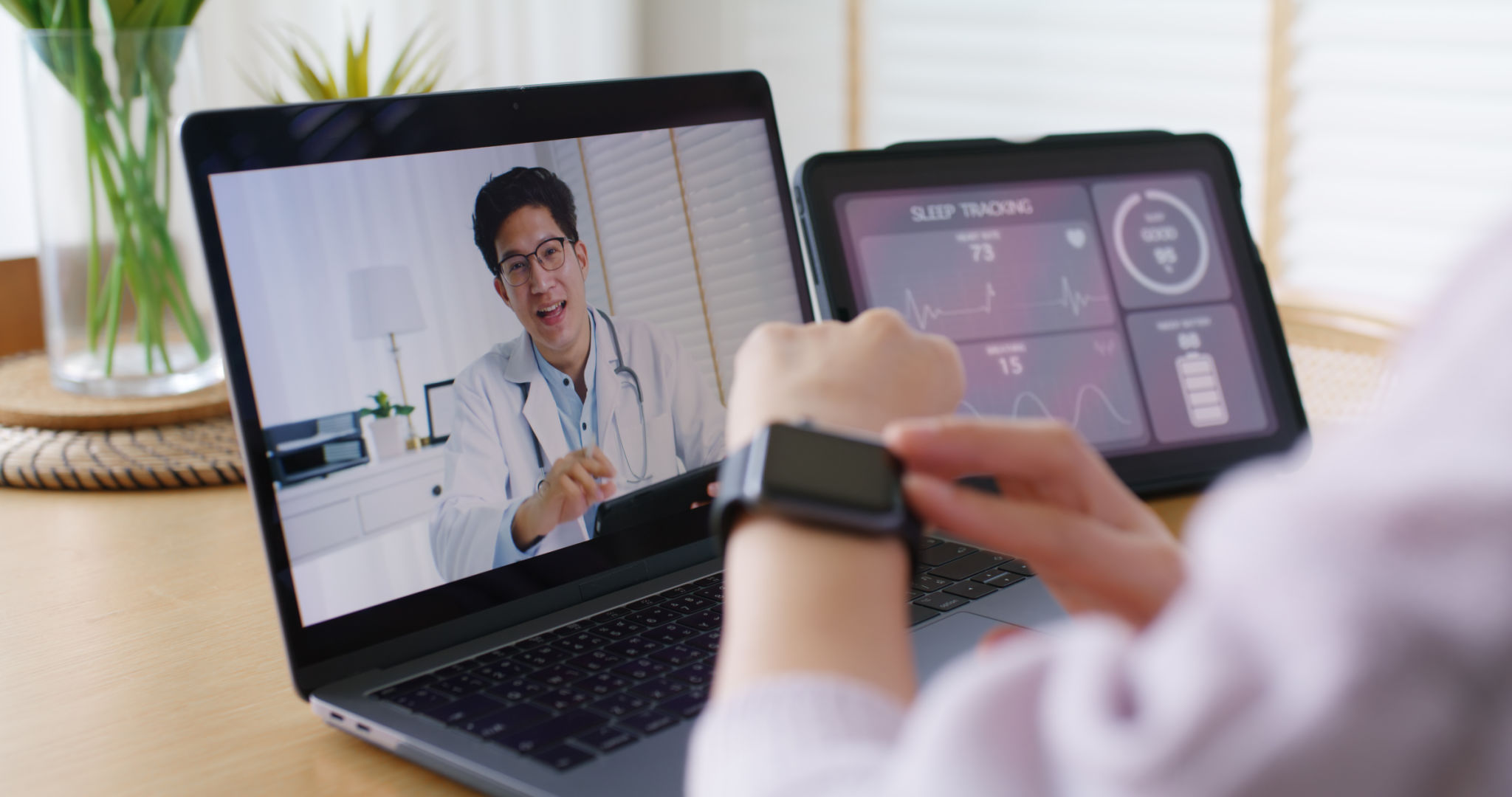Comparing Remote Patient Monitoring Services: What Lexington Patients Should Consider
Understanding Remote Patient Monitoring Services
Remote patient monitoring (RPM) services have become an essential component of modern healthcare, offering a way to track patients' health outside traditional clinical settings. For Lexington residents, choosing the right RPM service involves considering various factors to ensure optimal care. This guide aims to break down key considerations to help you make an informed decision.
RPM services utilize technology to monitor a patient's health metrics, such as heart rate, blood pressure, and glucose levels. These services can provide continuous data to healthcare providers, enabling timely interventions and improved health outcomes. As these technologies evolve, patients in Lexington have more options than ever before.

Evaluating the Technology
When comparing RPM services, the technology used is a crucial factor. It's important to assess the devices' accuracy and reliability. Patients should ensure that the equipment provided is FDA-approved and comes from reputable manufacturers. Additionally, consider whether the technology integrates well with existing devices, such as smartphones or tablets, for ease of use.
Another aspect to consider is data security. With sensitive health information being transmitted digitally, ensure that the RPM service employs robust security measures. Look for services that offer encrypted data transmission and comply with HIPAA regulations to protect your privacy.
Assessing Provider Support
The level of support provided by the RPM service is another critical factor. Patients should inquire about the kind of technical support available and how accessible it is. A reliable RPM service should offer 24/7 customer support to address any technical issues promptly, minimizing disruptions in monitoring.

Additionally, consider the healthcare provider's involvement. Some services offer direct communication with healthcare professionals who can interpret the data and provide feedback. This feature can be particularly beneficial for patients who need constant monitoring and immediate medical advice.
Cost Considerations
The cost of RPM services can vary significantly, so it's important to understand what you're getting for your investment. Evaluate whether the service is covered by your insurance plan and if there are any out-of-pocket expenses. Some providers offer flexible payment plans or bundle packages that might make the service more affordable.
It's also worth considering any additional costs for device maintenance or upgrades. Understanding the full financial commitment beforehand can prevent unexpected expenses down the line.

User Experience and Accessibility
The user experience is essential for successful RPM adoption. Patients should look for services that offer user-friendly interfaces and straightforward setup processes. If possible, trial periods or demos can provide insight into how intuitive and accessible the service is for everyday use.
Accessibility features are crucial for patients with disabilities or limited technical expertise. Ensure that the RPM service provides adequate training and resources to help all users maximize the benefits of remote monitoring.
Conclusion: Making the Right Choice
Choosing the right remote patient monitoring service involves careful consideration of various factors, including technology, provider support, cost, and user experience. By evaluating these aspects, Lexington patients can select a service that not only meets their healthcare needs but also enhances their quality of life. With the right RPM service, patients can enjoy peace of mind knowing that their health is being monitored efficiently and effectively.
